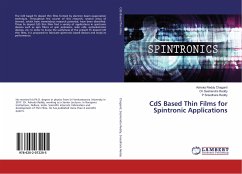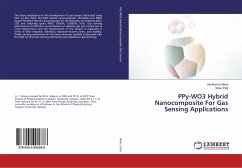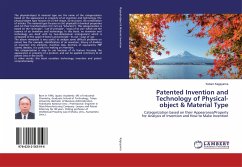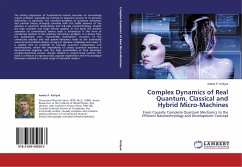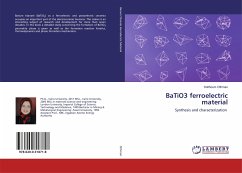
MATERIAL ENGINEERING IN HYBRID SPINTRONIC DEVICES
A comprehensive experimental study
Versandkostenfrei!
Versandfertig in 6-10 Tagen
39,99 €
inkl. MwSt.

PAYBACK Punkte
20 °P sammeln!
The author draws a clear route towards stable and reproducible organic spintronic devices operating at room temperature. In his PhD thesis the author presents the working principles of the prototypical hybrid spintronic device, the spin valve based on (La,Sr)Mn oxide, cobalt, and an organic semiconductor. Then the engineering of the device is shown, mainly the (La,Sr)Mn oxide surface and the cobalt deposition on top of the soft organic semiconductors. The Alq3/Co interface can be tuned by inserting an insulating tunnel barrier of aluminum oxide. This interfacial buffer layer provides a conside...
The author draws a clear route towards stable and reproducible organic spintronic devices operating at room temperature. In his PhD thesis the author presents the working principles of the prototypical hybrid spintronic device, the spin valve based on (La,Sr)Mn oxide, cobalt, and an organic semiconductor. Then the engineering of the device is shown, mainly the (La,Sr)Mn oxide surface and the cobalt deposition on top of the soft organic semiconductors. The Alq3/Co interface can be tuned by inserting an insulating tunnel barrier of aluminum oxide. This interfacial buffer layer provides a considerably improved reproducibility of the device and an improved interfacial and bulk ferromagnetism in the cobalt. Finally the perspective of pentacene is explored: its growth mechanism on top of manganite layers is studied and early devices operating at room temperature are presented. Thus the author, from an experimental point of view, throws conceptual basis for optimal hybrid organic/inorganic spintronic devices.





